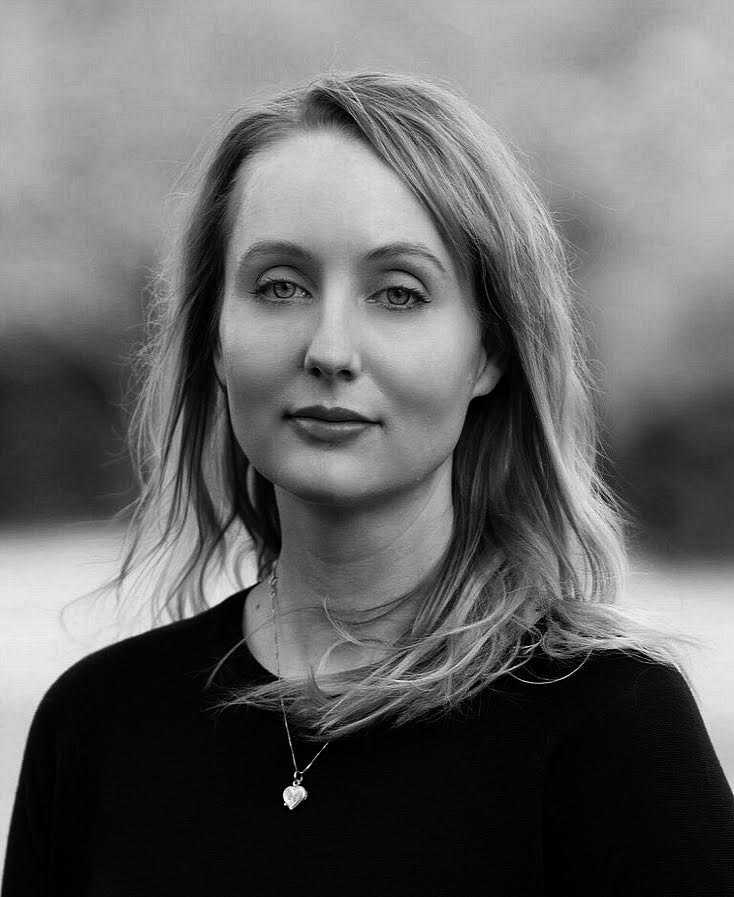
MISCHLING by Affinity Konar (Random House), 343 pages, $32.95 cloth. Rating: NNNN
AFFINITY KONAR at Holy Blossom Temple (1950 Bathurst), November 2. See listings.
How do you create art that tells the terrible truth about the Holocaust without trivializing it, reducing it to just words or pictures?
That question has preoccupied many thinkers since the death camps were liberated and details of the horrors emerged. Theodor Adorno famously declared, “To write poetry about the Holocaust is barbaric.” Others have said that no form of representation can be adequate.
Even the survivors themselves, especially those who fled to America, could barely talk about it. True, their new hosts discouraged the conversation, insisting on the equivalent of “Put it all behind you.” But it’s likely that the Nazi crimes were basically unspeakable in the truest sense of the word.
Italian writer Primo Levi broke the silence in 1947 with If This Is A Man, and later, Elie Wiesel wrote in Yiddish the text that later, in English, became Night, which wasn’t published until 1960. Even now, the body of Holocaust literature can hardly be called vast.
But a new generation is taking on the challenge of dealing with the death camps. Leading the movement is Affinity Konar, just 38, whose strategy is to make something terribly beautiful.
Her novel Mischling tells the story of two twins caged in Josef Mengele’s “zoo” in Auschwitz. The medical monster was obsessed with twins, and in the guise of research tortured them in various ways, ghoulishly recording his deadly data.

Pearl and Stasha are at the centre of Konar’s story, separated immediately, itself a devastating event, and then sadistically “experimented” on (Stasha, one of Mengele’s “favourites,” has boiling water poured into her ear) while pining for each other.
The fact that just this, and there’s much more, sounds too horrible to digest makes Konar’s achievement all the more significant. Mischling – German for mixed race, but here taking on new meanings – is as much about humanity, friendship, love and resistance as it is about terror.
And it is gorgeously written, even when the subject is outright torture– because Mengele’s victims are spec-ta-cularly creative in their coping strategies, and often heroic.
Konar courageously delves deeply into the psychology of victimization and the pain of Jewish prisoners who were forced by Mengele to participate in his crimes. She’s also determined to examine the guilt of survi-vors both during their imprisonment – in many cases Mengele chose one twin to remain intact, or even alive – and after they are released.
But the triumph here is in the gorgeousness of the writing. Konar seems single-handedly to have solved the dilemma of artists representing the Holocaust. The best revenge for brutality is beauty.
I’ll be interviewing Konar as part of Holocaust Education Week at Holy Blossom Temple on November 2.
susanc@nowtoronto.com | @susangcole












